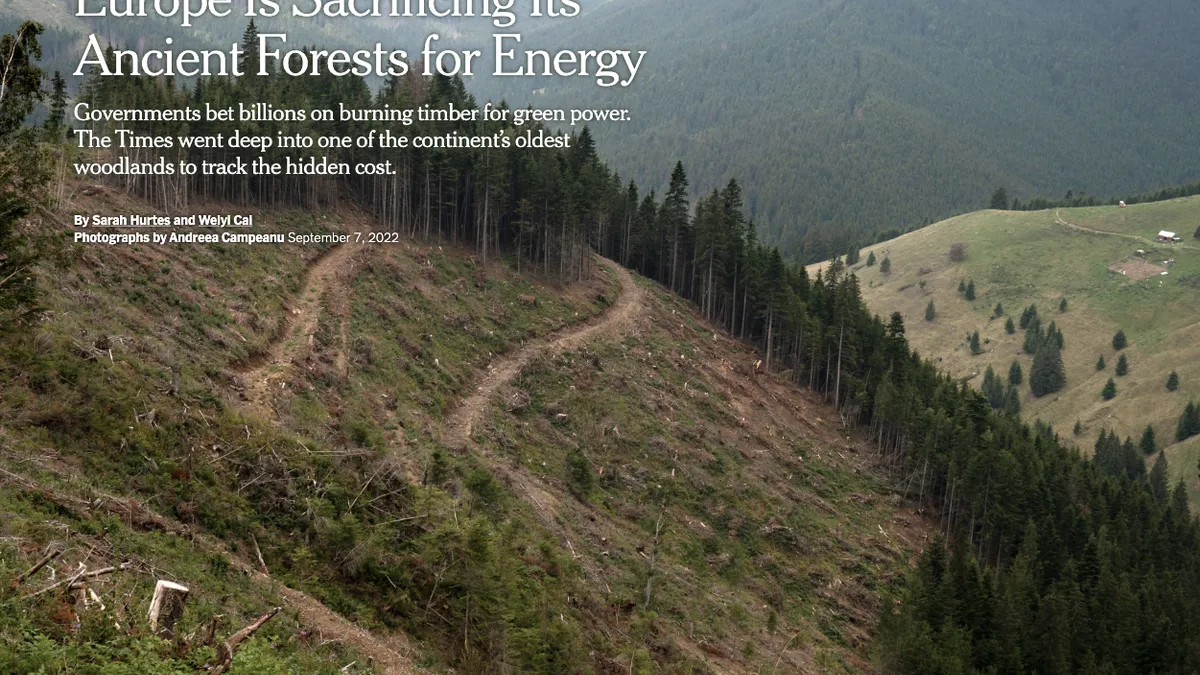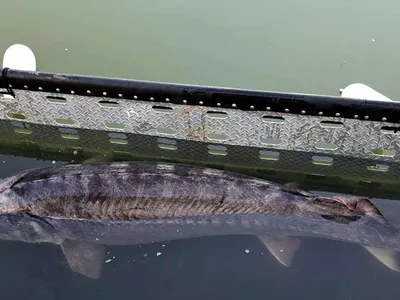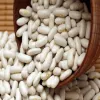România, vedetă în New York Times: păduri protejate, tăiate pentru producția de peleți

NYT: Păduri românești protejate, făcute peleți. Un amplu articol publicat miercuri în New York Times arată cum arbori masivi din păduri aflați în arii protejate ecologic sunt tăiați și tocați pentru a fi transformați în peleți.
NYT: Păduri românești protejate, făcute peleți
"A reporter and photographer spent four days hiking through Romania’s forests, which represent two-thirds of the European Union’s virgin woodlands. There, they documented clearcutting and followed trucks from ecologically sensitive forests.
Although logging is not forbidden in Europe’s protected forests, governments are required to conduct environmental assessments to ensure the land is being conserved. But experts say that such assessments are rare. Last year, the European Court of Auditors raised the alarm on these supposedly protected forests, finding many of them in “bad or poor conservation status.”
Today, after a 2,200-foot hike up Ceahlau Mountain in Romania, a trail of wooden carcasses is visible below, a scar across one of Europe’s last old-growth forests where 200-year-old trees once stood.
Further down the mountain, logs were loaded on a truck branded for Ameco, one of Romania’s biggest pellet producers. “Pellet production offers the possibility to use waste from agriculture and forestry,” the company says on its website. Its pellet bags are labeled as coming exclusively from sawdust and wood chips.
Times journalists saw trees from Romania’s protected forests being fed into Ameco grinders.", se arată în NYT.
























